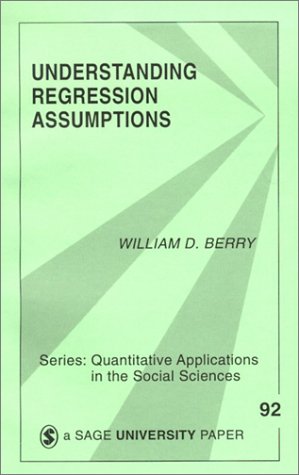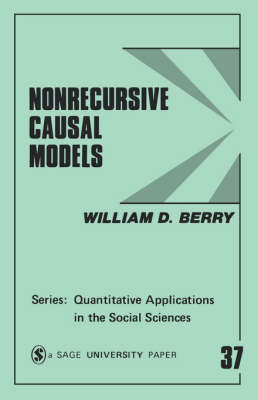Quantitative Applications in the Social Sciences
3 total works
Through the use of careful explanations and examples, Berry shows the reader how to consider whether the assumptions of multiple regression are actually satisfied in a particular research project. Beginning with a brief review of the regression assumptions as they are typically presented in textbooks, Berry moves on to explore in detail the "substantive" meaning of each assumption (such as lack of measurement error, absence of specification error, linearity, homoscedasticity, and lack of autocorrelation). Aimed at improving social science applications of regression, this volume is a must for every student′s and researcher′s library.
The authors provide a systematic treatment of the major problems involved in using regression analysis. They clearly and concisely discuss the consequences of violating the assumptions of the regression model, procedures for detecting violations, and strategies for dealing with these problems.


